Quick Introduction to GDPR Compliance Software
First and foremost, GDPR compliance software is used to help businesses meet all the rules of the UK and EU data protection law. It gives clear records of who can access data, manages user permissions, handles consent from individuals, and puts everything into reports. Having this software can save time, reduce mistakes and help you prove compliance; all these are essential for avoiding fines and keeping customer trust.
Why Businesses Need GDPR Compliance Software
If your business collects or stores any kind of personal data – like names, emails, phone numbers or addresses – then you must follow rules under the GDPR (General Data Protection Regulation). These rules are in place to protect people’s privacy. GDPR compliance software helps make this easier by organising your processes, reducing human error and showing proof that you are following the law. For more detail about the GDPR in general, see the European Commission’s guide to GDPR.
Here are some of the main ways this type of software can help your business:
Track Who has Access to Personal Data
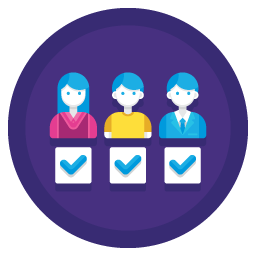
This type of software lets you control and keep track of who in your team can see or edit private data. For example, you may not want every member of staff to access client contact details or payment records. The system allows you to set clear rules and only gives access to the people who need it. It also records every time someone views or changes the data, so you always have a record in case something goes wrong. This helps avoid mistakes, keeps your data safe, and gives peace of mind.
Manage Digital Consent
Under GDPR, people have to give clear permission before you can use their personal data – for example, to send marketing emails or track their activity on your website. GDPR compliance software helps you collect this consent in a proper way, such as through cookie banners or tick boxes on forms. It then stores this information safely, so if someone asks when or how they gave permission, you can show a full record. It also helps handle requests from people who want their data removed or changed, making the process quicker and more reliable.

Follow Recommended Steps to Comply
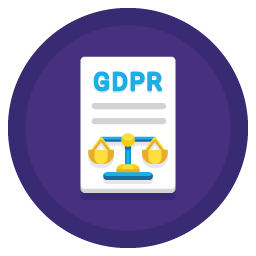
There are many parts to staying compliant – from having the right privacy policies to making sure your staff know what they can and can’t do with data. These software tools often come with checklists, ready-made documents, and alerts to guide you through each step. This makes it easier to stay on top of things and understand what’s required, especially if you’re not an expert in legal matters. Some systems also include training tools for your team.
Create Reports for Audits
From time to time, you may need to show that your business is following GDPR rules. For example, you could be asked to show how you store consent, who can access personal information, or what steps you’ve taken to keep data safe. GDPR compliance software makes this easier by keeping a record of everything automatically. It can quickly create reports that prove you are meeting your obligations, saving time and helping avoid stress during audits or inspections.

Popular tools like Capterra, SolarWinds, Vanta or Osano offer many of these features and can be a good starting point for businesses. However, they are usually built for general use and may not always fit your business perfectly. More on that below.
Common Features in GDPR Compliance Software
Here are some of the features that most GDPR compliance software will offer:
Access Controls and Permissions
You can set rules about who can view, change or delete certain types of data. This helps keep sensitive information secure and ensures staff only see what they need to do their jobs.
Audit Trails and Reporting
Every time someone views or updates personal data, it is recorded. This creates a history of all actions, which is useful for spotting problems and proving compliance.
Consent Management
The software helps collect and record permissions from customers or clients. It also makes it easier to find and remove these records if someone changes their mind or asks to be forgotten.
Policy Templates
Many tools come with ready-made documents for privacy policies, cookie notices, and other legal paperwork. These can be tailored to suit your business and save you writing them from scratch.
Automated Checks
The system can scan your data and settings regularly to find missing information or problems, such as expired consents or wrong access settings. It then reminds you to fix them.
Practical Example of GDPR Compliance Software
Below is how each feature might work in practice, using a fictional construction firm: Hillview Builders:
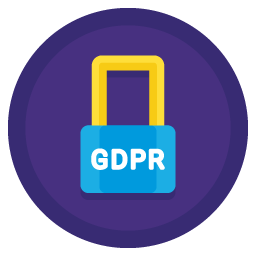
Example: Access Controls and Permissions
Hillview’s HR team holds employee records, the site managers hold site attendance sheets, and finance keeps billing information. With proper permissions, each person sees only what they need. For example, site managers cannot open HR files, keeping things secure and simple.
Example: Audit Trails and Reporting
Every time a staff member updates a record containing personal information, the system notes who made the change and when. If something seems wrong later, Hillview can check the logs and resolve the issue quickly.
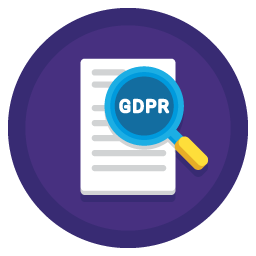
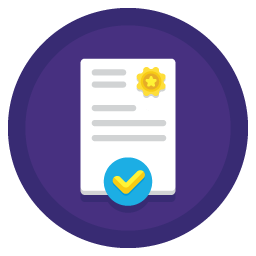
Example: Consent Management
Hillview may collect customer contact details for quotes and updates. The software shows which clients have agreed to call or email and keeps a record. If a client later asks not to be contacted, their entry is instantly updated.
Example: Policy Templates
Hillview uses ready-made privacy policies and cookie notices supplied by the software. They customise basic details like their company name and website, saving time and ensuring compliance.
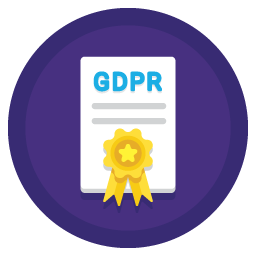
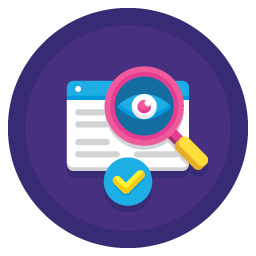
Example: Automated Checks
The system regularly scans for expired consents or staff holding rights they no longer need, and sends reminders to Hillview’s data lead, so nothing goes unnoticed.
These features are common in most GDPR compliance software, whether off-the-shelf or custom. In the next section, we’ll explore the differences between the two.
GDPR Compliance Software: Custom vs Off-the-Shelf
The challenge of off-the-shelf software
Ready-made GDPR compliance software can offer a lot of useful features, especially for general use. But it isn’t always the perfect fit for every business. These tools are often built to suit many different types of companies, so they may not match how you actually work. Here are a few common problems:
- The software might not fully match your way of working. You may need to change your own processes to fit the system.
- Many of the features may not be relevant to you, so you end up paying for things you don’t need.
- Some tools can be complex, especially for small teams that don’t have IT or legal departments.
- The software might not work well with your existing systems, such as your CRM or your internal database.
How Custom Software Bridges the Gap
Off-the-shelf GDPR compliance software can be useful, but it often doesn’t fit the way your business works. Many businesses find they have to adjust their own processes just to make the software work. That’s where custom software makes a big difference.
Custom GDPR compliance software is designed around your business. It’s built to match your existing processes, not the other way around. This makes it easier to use, more cost-effective over time, and better suited to your needs.
Here’s how custom software helps:
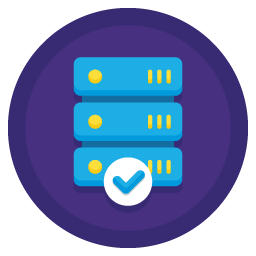
Matches your Exact Processes
Instead of working around a system built for someone else, your software is shaped to fit the way your team already works. This reduces training time and avoids confusion.
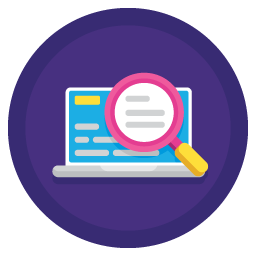
Only Includes What you Need
With custom software, there’s no clutter. You get the tools you need; like consent management, access control or audit logs and nothing else. This makes the system cleaner and easier to use.
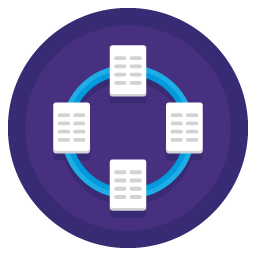
Connects with you Existing Systems
If you already use a CRM, job tracker or finance tool, custom GDPR features can be built to link directly with them. This removes the need for copying data or switching between systems.
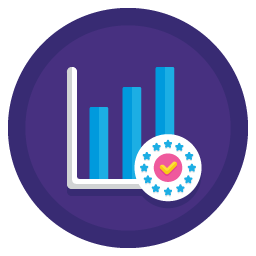
Grows with your Business
As your business changes, your software can be updated to match. You can add new features, reports or checks when you need them, without starting over.
Bespoke software gives you all the benefits of GDPR compliance software, like tracking access, managing consent and generating reports but in a system that works exactly how you want it to.
Hybrid GDPR Compliance Software: A Flexible Middle Ground
If you already have your own custom software system, such as an ERP, it might not make sense to replace it. Instead, you can add GDPR features by linking to an off-the-shelf tool using something called API integration. This means your current system can “talk to” the GDPR software, working together without needing a full rebuild.
This option is called hybrid GDPR compliance software, and it offers a smart balance of convenience and customisation.
Here are some of the key benefits of a hybrid setup:

Add Features Without Starting from Scratch
You keep using your current system but link it to GDPR tools for tasks like consent management, audit trails or privacy reporting.
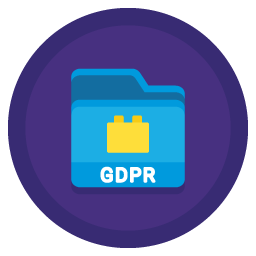
Save Time and Money
A hybrid solution is usually quicker and cheaper than building everything from the ground up. You avoid doubling up on systems and only add what’s missing.

Improve Compliance Without Disrupting Your Team
Your staff continue using the system they know. The GDPR features work in the background, keeping your data safe and compliant.
How does Hybrid GDPR Software Work in Practice?
BSPOKE Software, can connect it to a GDPR tool by setting up API links. For example:
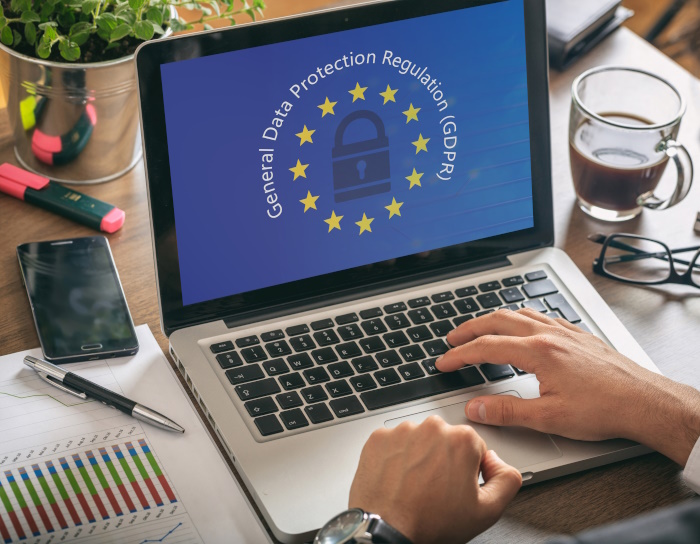
When a customer gives consent on your website, the GDPR tool stores and tracks it automatically.
When staff log in and view or change personal data, the system logs who accessed what and when.
If a customer asks to see or delete their data, the system sends that request directly to the GDPR tool, which handles it for you.
This gives you the best of both worlds: GDPR compliance without having to build an entirely new system or retrain your whole team.
Getting Started with GDPR Compliance Software
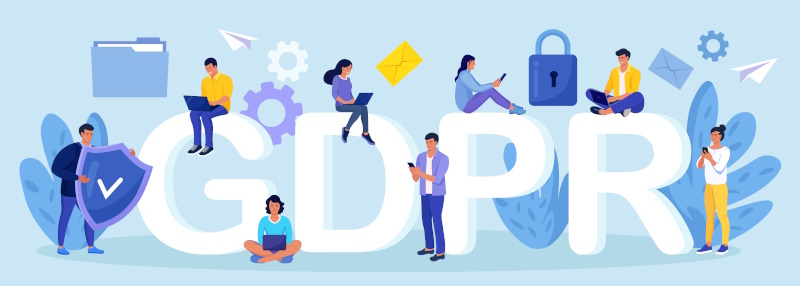
1. 🔍 Review your current practices
Note where your data lives right now: spreadsheets, emails, documents and who accesses it.
2. ✅ Decide what’s essential
List must-have features: access logging, consent tracking, policy templates, automated reports.
3. 🏗️ Choose a foundation
Once you’ve chosen the right approach for your business, here’s how you can move forward:
- Off-the-shelf: Research tools, set it up for your business, and train your team.
- Custom or hybrid: Talk to a developer (like BSPOKE Software), build a test version, run it with real tasks, then roll it out step by step.
4. 🔗 Integrate with your systems
Ensure it works smoothly with your current systems, like your CRM, project management software or billing system.
5. 🧑🏫 Train users
Keep it simple: show staff how to log in, enter or access data, and let the system do the rest.
6. 🔄 Review regularly
Make sure everything stays up to date as your business or the rules change.
Final summary
GDPR compliance software brings essential protection and builds trust. Off‑the‑shelf tools like OneTrust, Vanta, Osano or SolarWinds offer robust features like access control, audit logs, policy templates, and consent management. A custom solution from BSPOKE Software covers those same needs, but in a package that fits your business perfectly.
If you are looking for legal compliance, peace of mind, and a system designed around your work, we can help. Contact us via our form and we’ll respond shortly.

